15 Totally Dotty Ladybird Facts!
Are you fascinated by these tiny spotted friends? Learn all about why they're so important with these fantastic facts!
Ladybirds might just be our favourite insects! They're cute, and did you know they're actually really good for the environment? Wanna know why? Read on to learn, as well as some other awesome facts - like what they do in the winter, where the name "ladybird" comes from, and what they sometimes snack on! And when you're done, why not check out some of our other fun facts? Try these fifteen fascinating facts about insects, and then take a break and have a laugh with these ladybird jokes!
1. Technically they're ladybeetles!
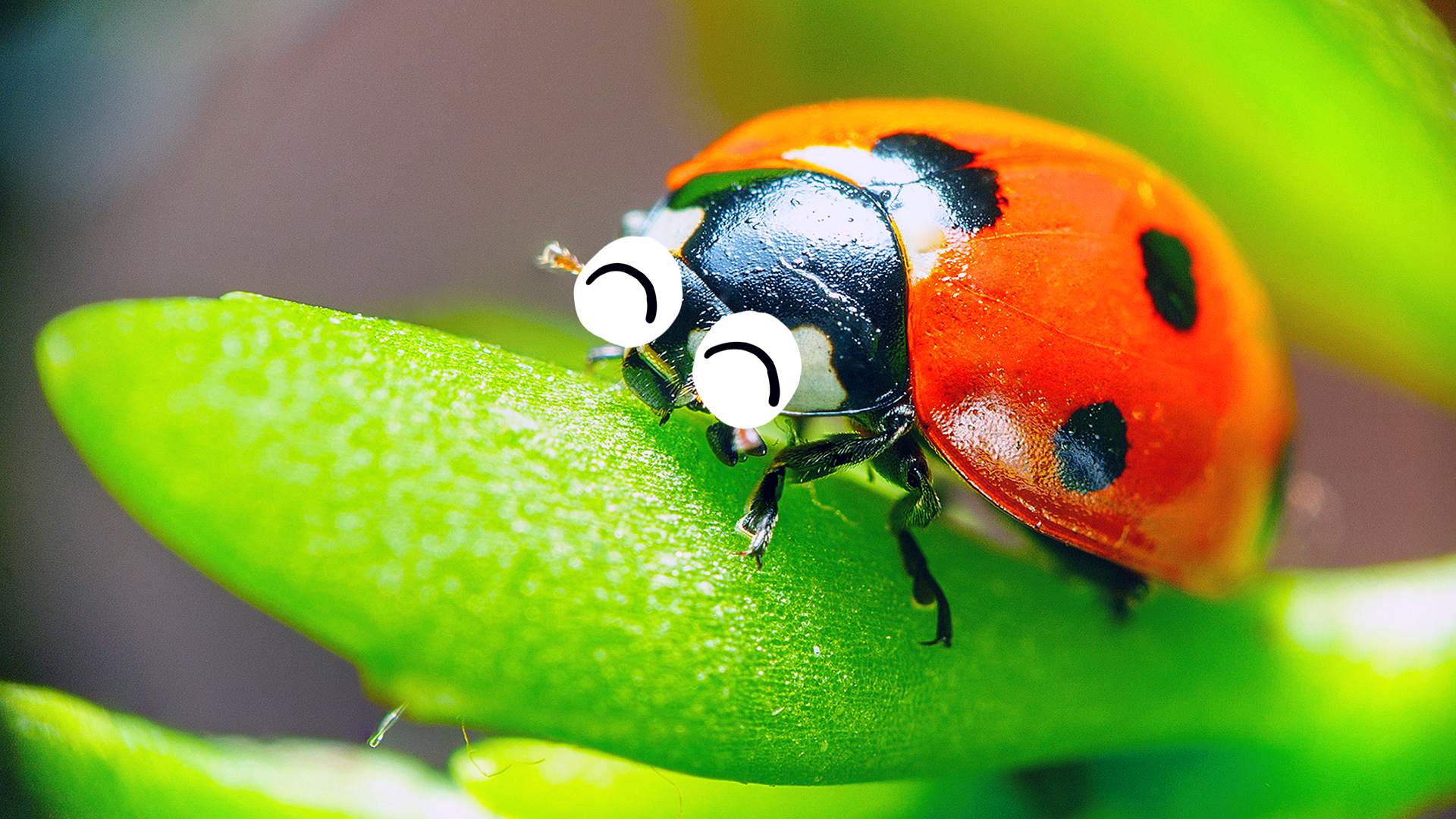
Ladybirds are not birds, of course, but they're also not really bugs (the American name for them is "ladybugs"). Bugs have sharp, pointy mouths and mostly eat liquid, while beetles can chew and prefer to eat leaves and other insects!
2. There's a lot of them
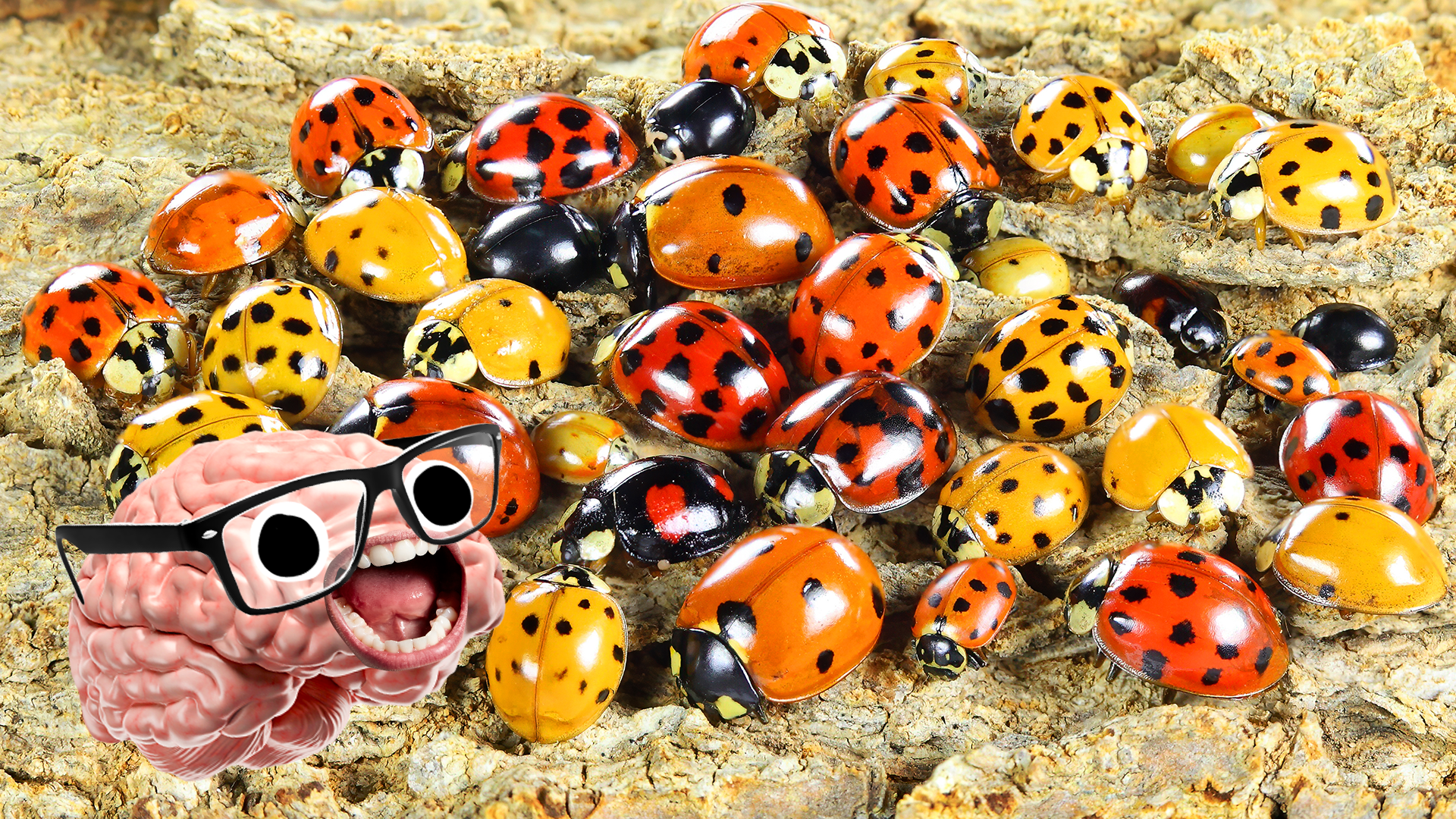
There are over 5,000 species of ladybird all over the world! The species is called Coccinellidae, which comes from the Latin word coccineus, meaning red. There are about 47 species in the UK, and the most common is the 7-Spot Ladybird, which is red with - you guessed it! - seven spots.
3. They help farmers!
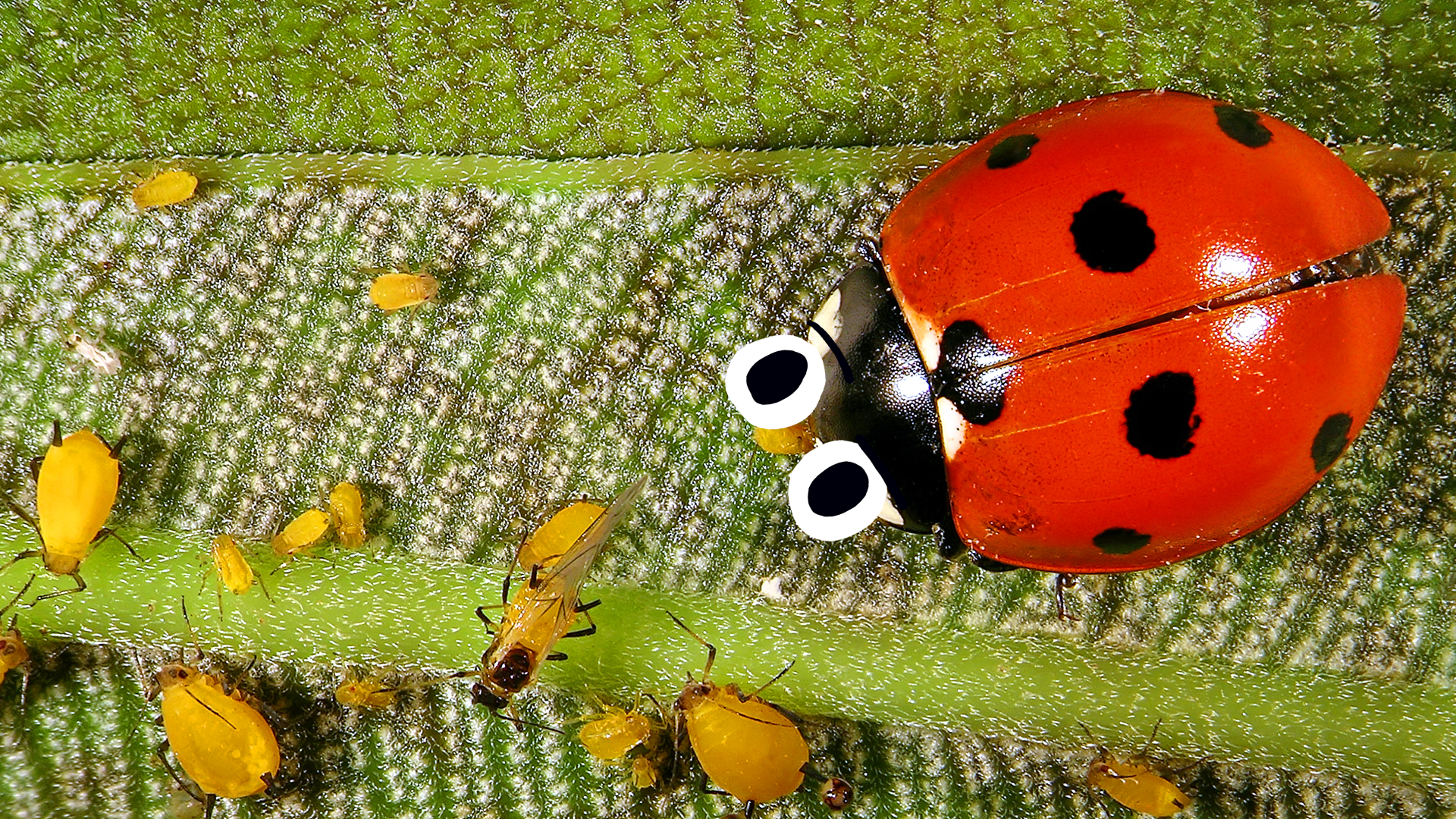
Ladybirds are known as beneficial insects. This is because they eat other insects that feed on crops and plants. One of their favourite foods is the aphid (tiny green insects you've probably seen on leaves). Aphids love to eat food crops and flowers, which is annoying for farmers and gardeners, and also affects our food supply. Ladybirds often lay their eggs in aphid colonies, and when the larvae hatch, they gobble up the aphids. A ladybird might eat up to 5,000 aphids in its lifetime!
4. Their name comes from an interesting place
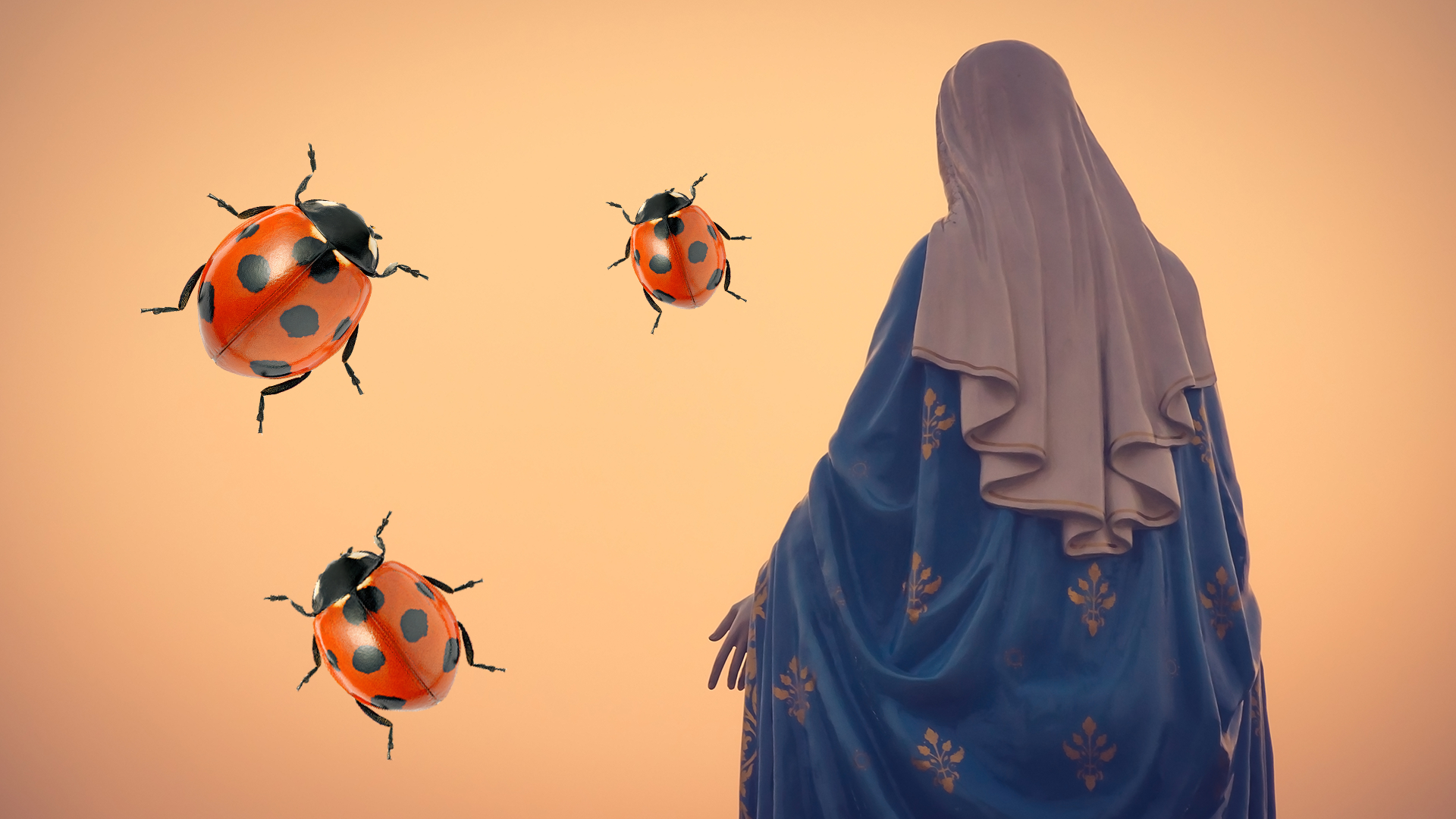
It's a strange name, ladybird! It's thought that it originated in England, where ladybirds were called "Our Lady's birds." The "Lady" here is the Virgin Mary, the mother of Jesus Christ. Older art used to represent her in a red robe, though in more modern depictions she's usually wearing blue. The seven spots on the Seven-Spot Ladybird are said to represent Mary's Seven Joys and Seven Sorrows. Another version of the story says that farmers in the Middle Ages prayed to Mary for help when aphids ate their crops, and the ladybirds came and saved them. In German they're known as Marienkäfer, or Marybeetles!
5. They come in a lot of patterns!
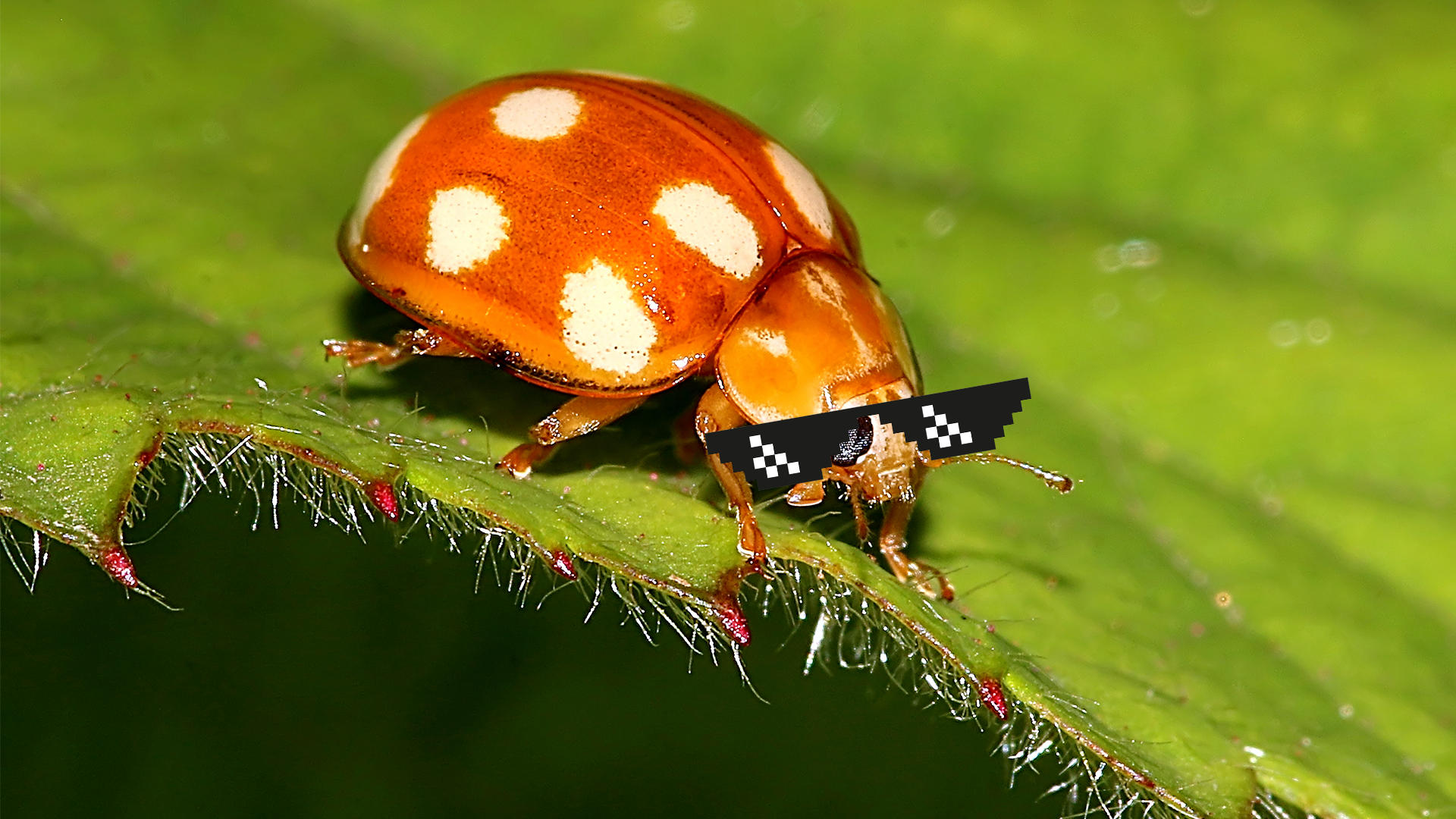
Not all ladybirds are red with black spots! They can come in a lot of other colours - orange, yellow, brown, pink, and even all black! Some ladybirds don't have spots at all, and on others they look more like stripes!
6. They hibernate in winter
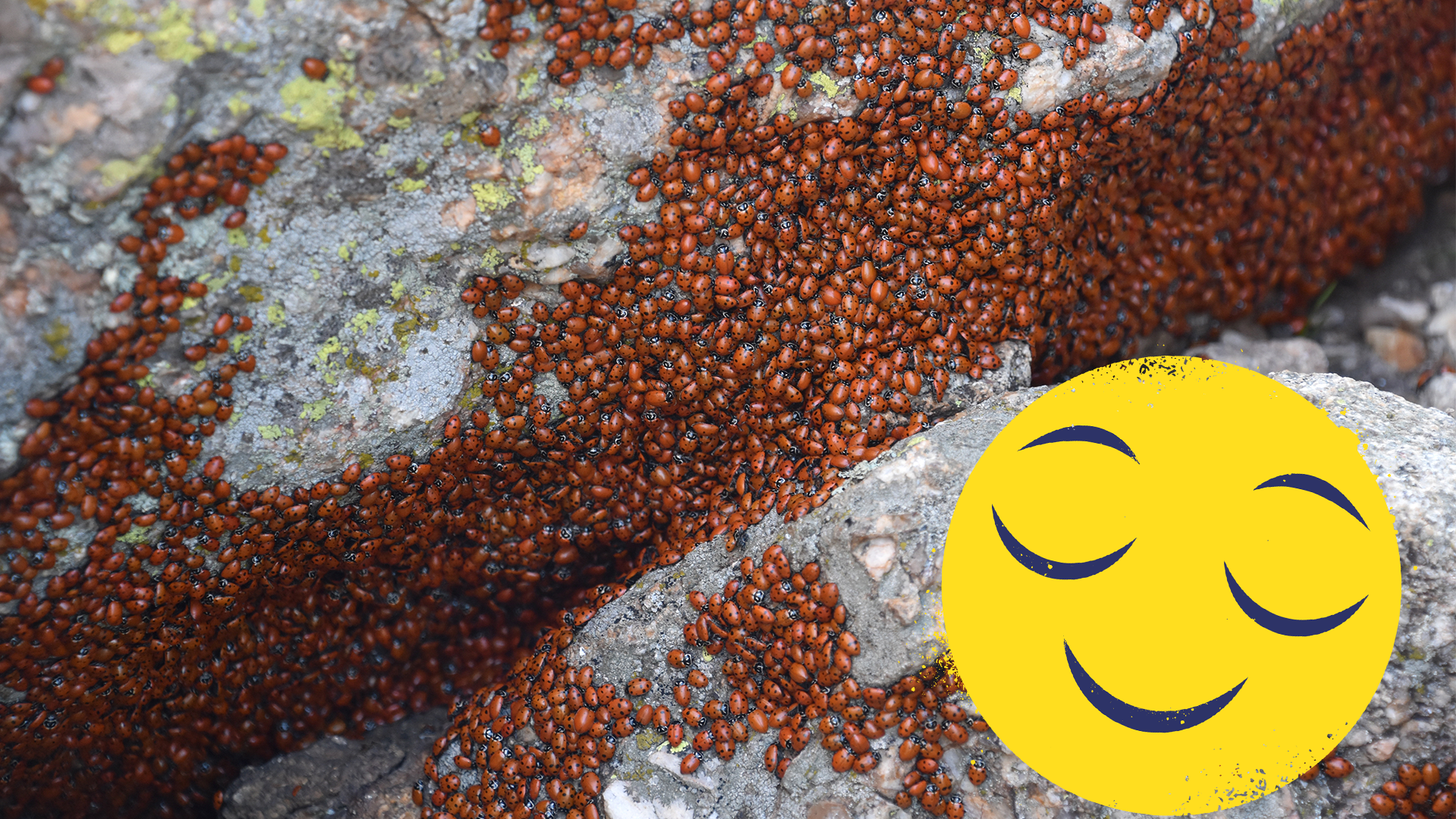
Ever wondered why you've never seen a ladybird at Christmas? They're all fast asleep! Lots of animals do this, including hedgehogs and bears. Ladybirds can tell when winter is coming because there are fewer aphids for them to eat - so they all flock together on rocks or on branches, and sleep until spring!
7. Their spots have a message
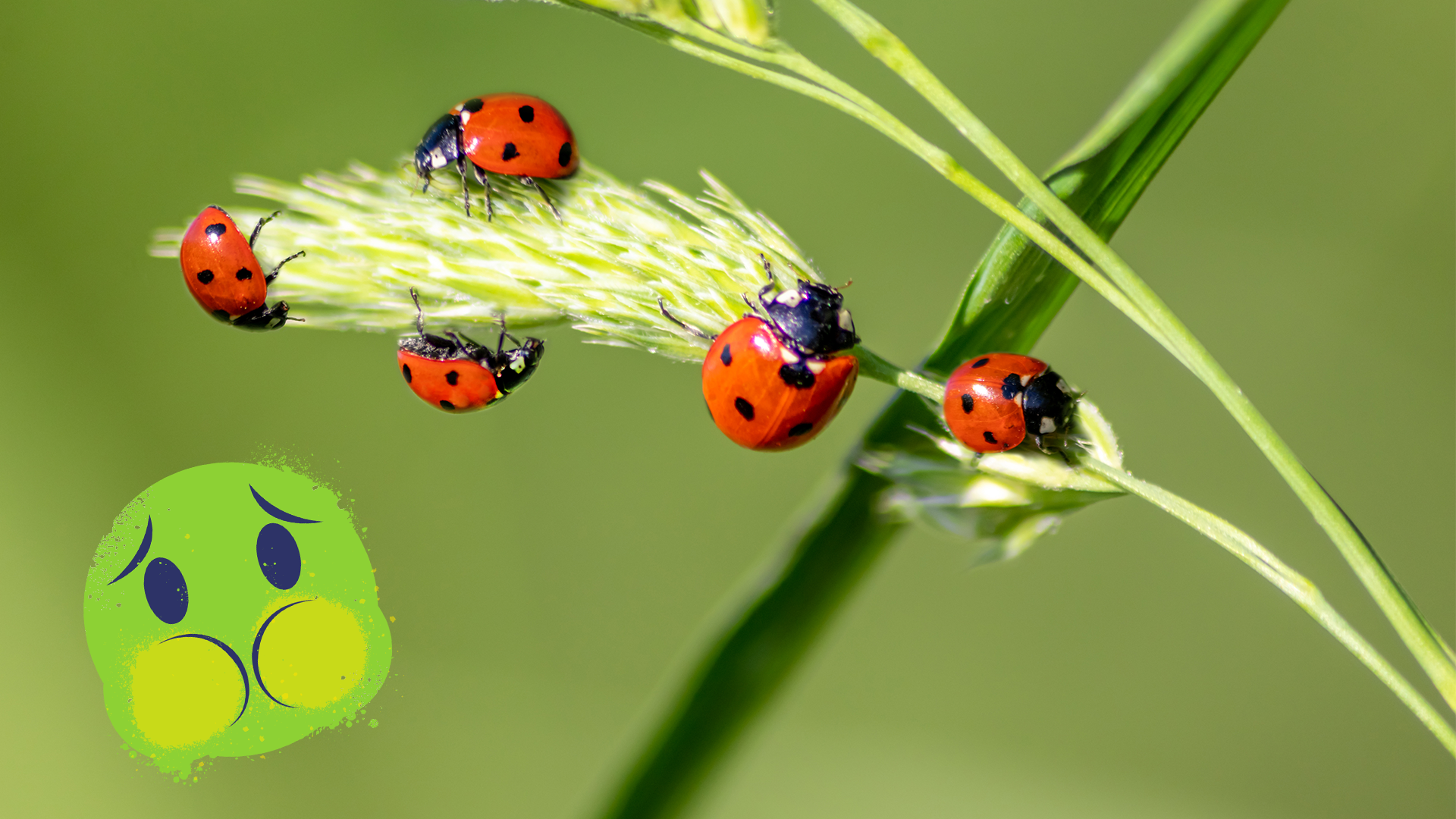
Those dots aren't just for show! Lots of animals have markings that are supposed to ward off predators, and the spots are the ladybird's version of this. Basically, they tell pedators that they shouldn't bother eating the ladybird, because it tastes terrible! They can also emit foul-smelling yellow blood from their leg joints, which is toxic to ladybird predators like birds. And, if that doesn't work...
8. They have another ingenious defence mechanism
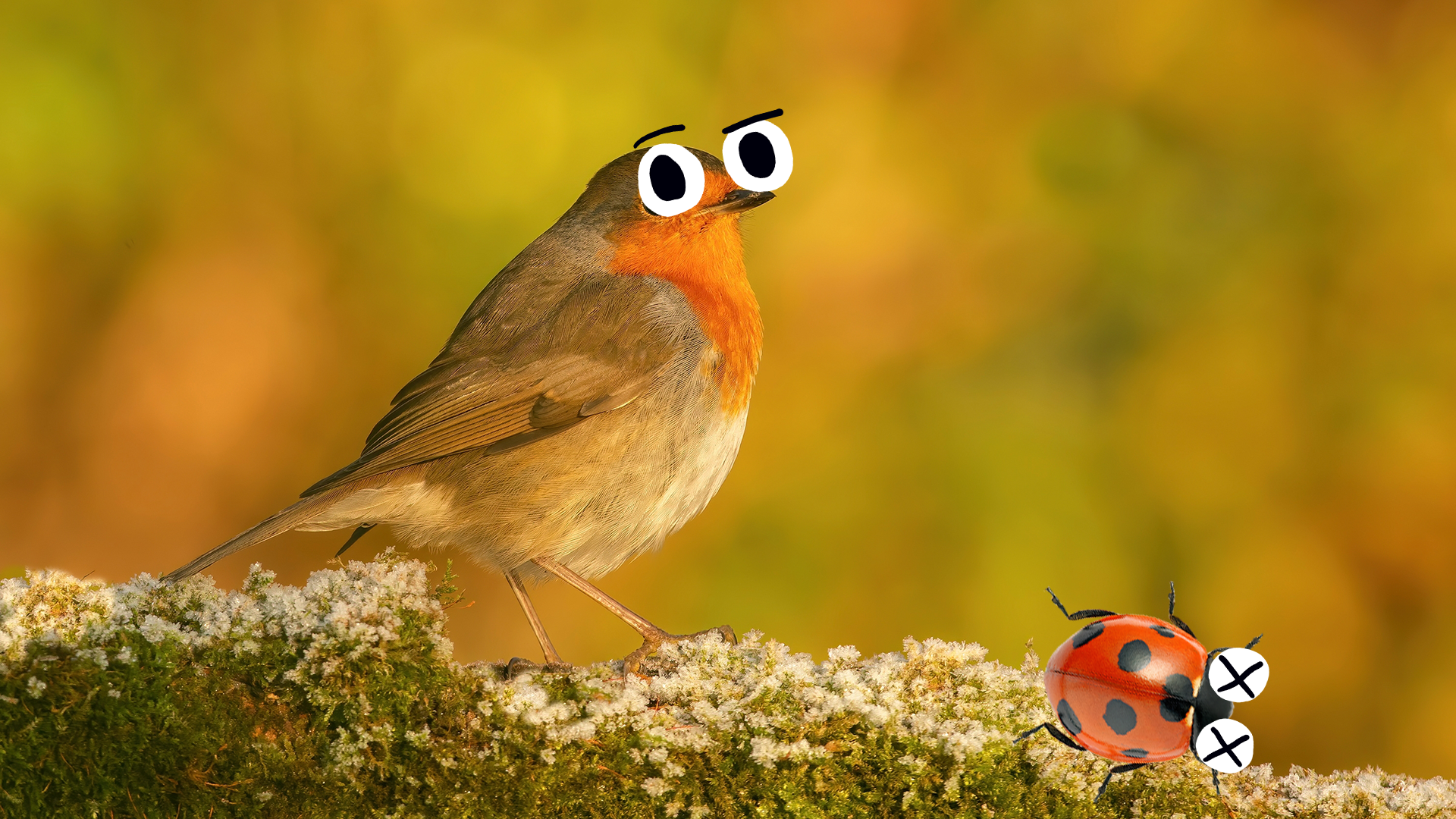
Ladybirds are also great at playing possum! When all else fails, ladybirds will freeze up and pretend to be dead - and this works, because no one wants to eat a dead bug! Their predators also include other insects, like assassin bugs, spiders, and stink bugs.
9. They might eat their own eggs
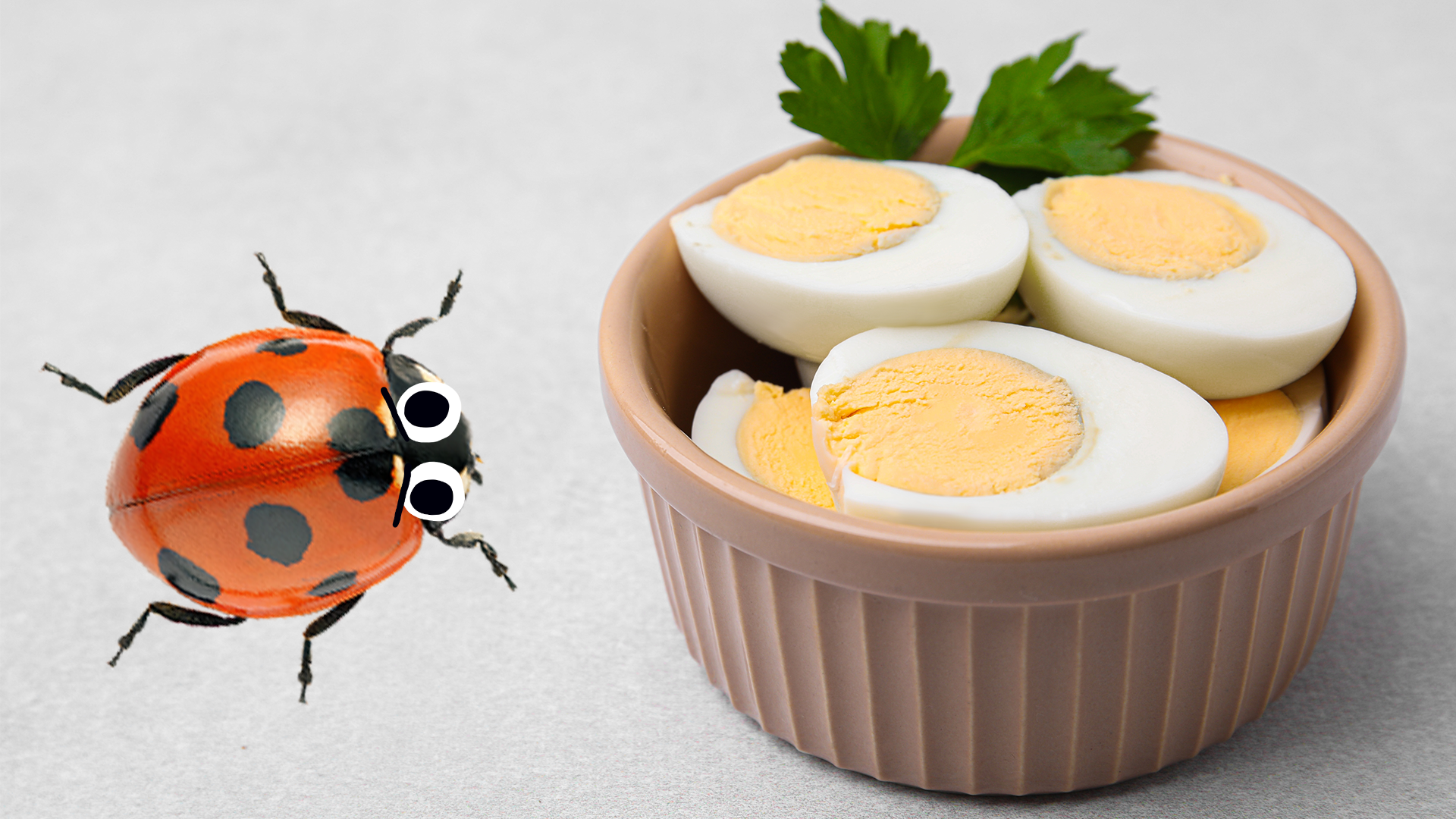
Lady ladybirds can lay up to 1,000 eggs in one season. The eggs are tiny and gold-coloured - and they can provide a tasty meal if aphids are in low supply. Sometimes ladybirds will lay unfertilised eggs on purpose when food supplies are low, to provide for themselves and their young.
10. They don't like the cold
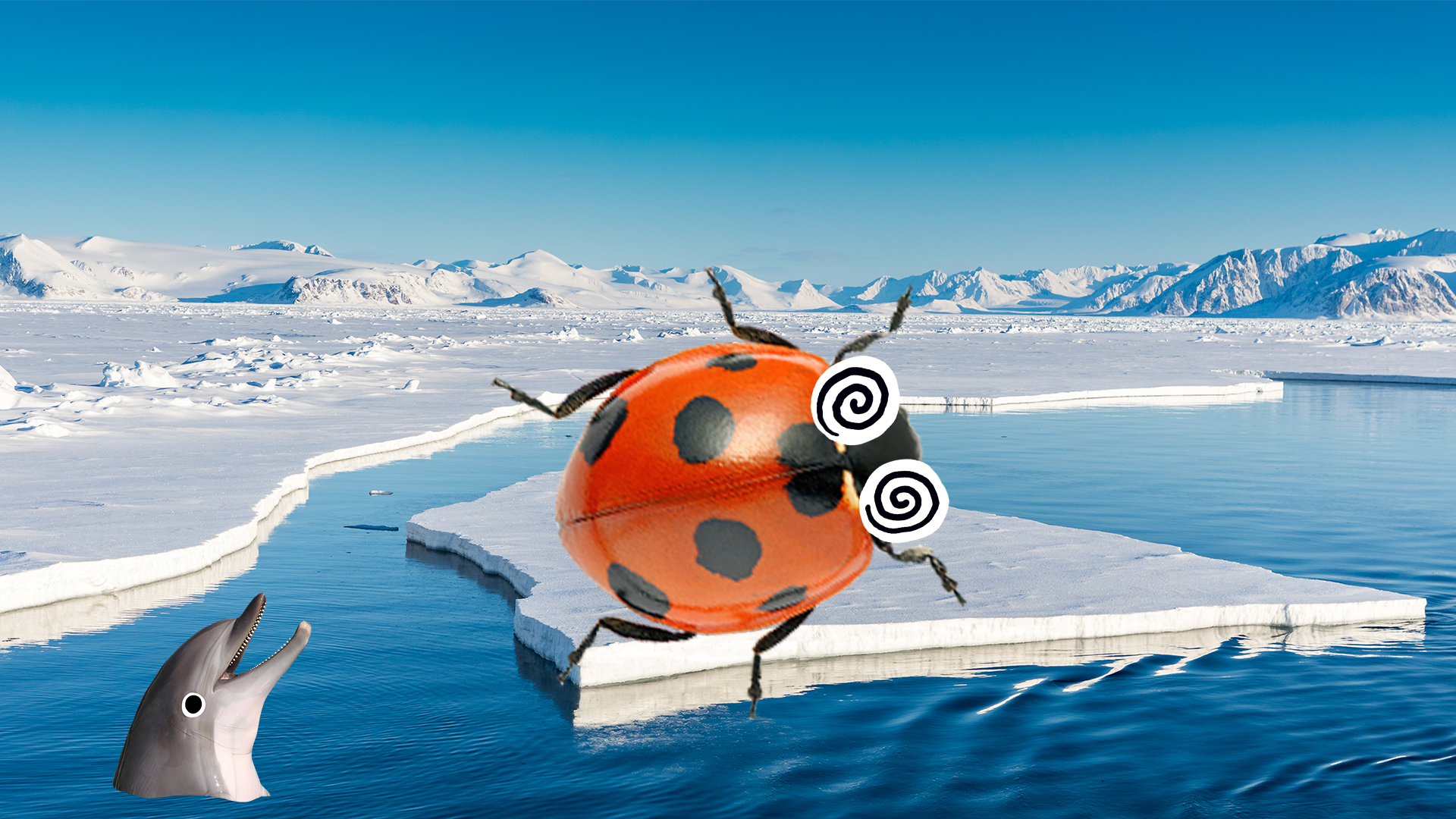
You could probably guess this from the fact they hibernate, but ladybirds aren't very fond of the cold! This can be seen in their habitats all over the world. They can be found pretty much everywhere except Antarctica and the Arctic circle.
11. They have hidden wings!
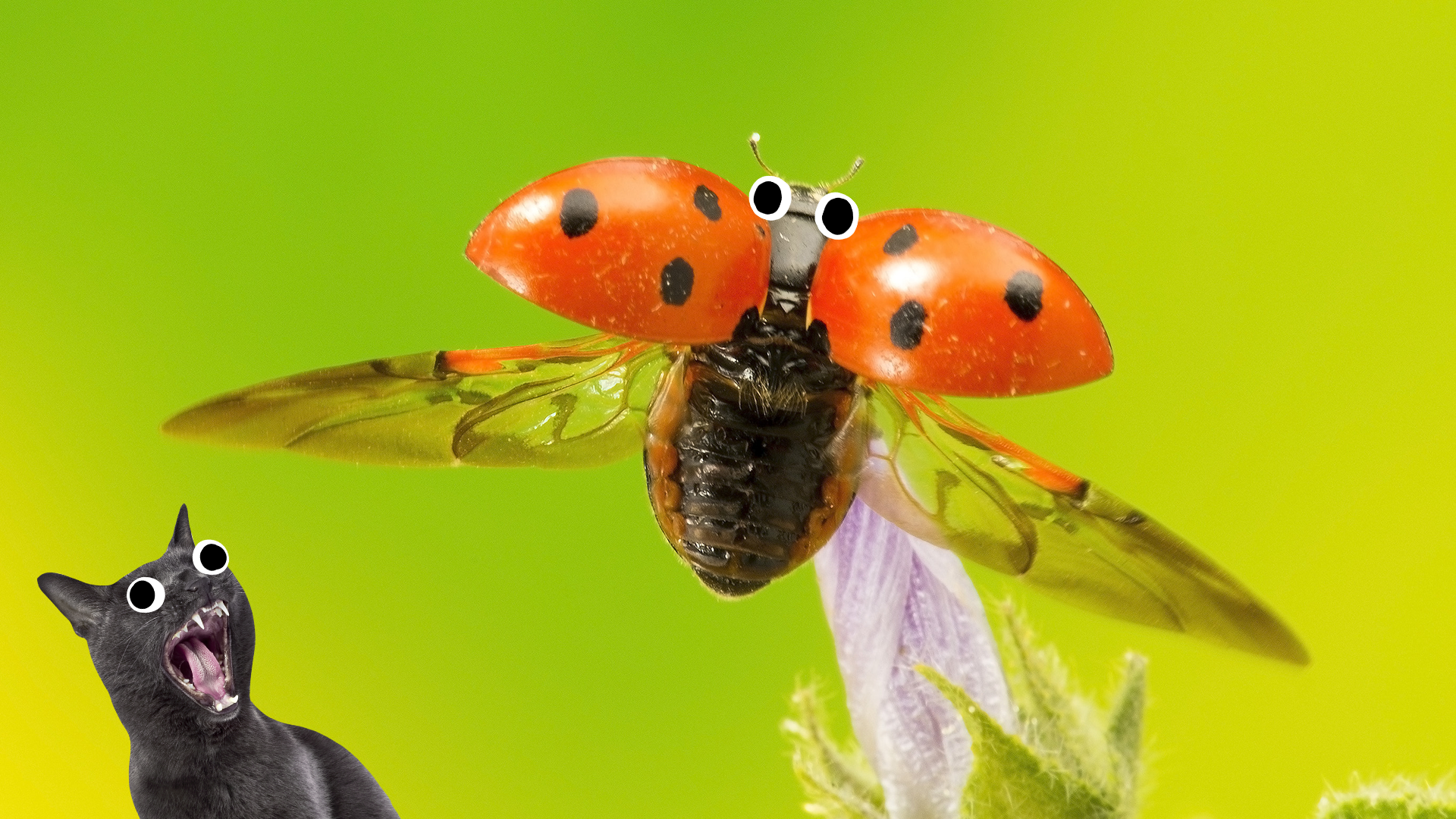
You've probably seen this in person, but ladybirds have secret wings! That spotty red skin is actually a hard shell called an elytra. The elytra lifts up into two halves, and underneath you'll see the ladybird's wings! They can unfold them in 0.1 seconds, and the wings are way bigger than the ladybird's body. They can move their wings at 85 beats per second - that's a lot!
12. There's a ladybird supervillain
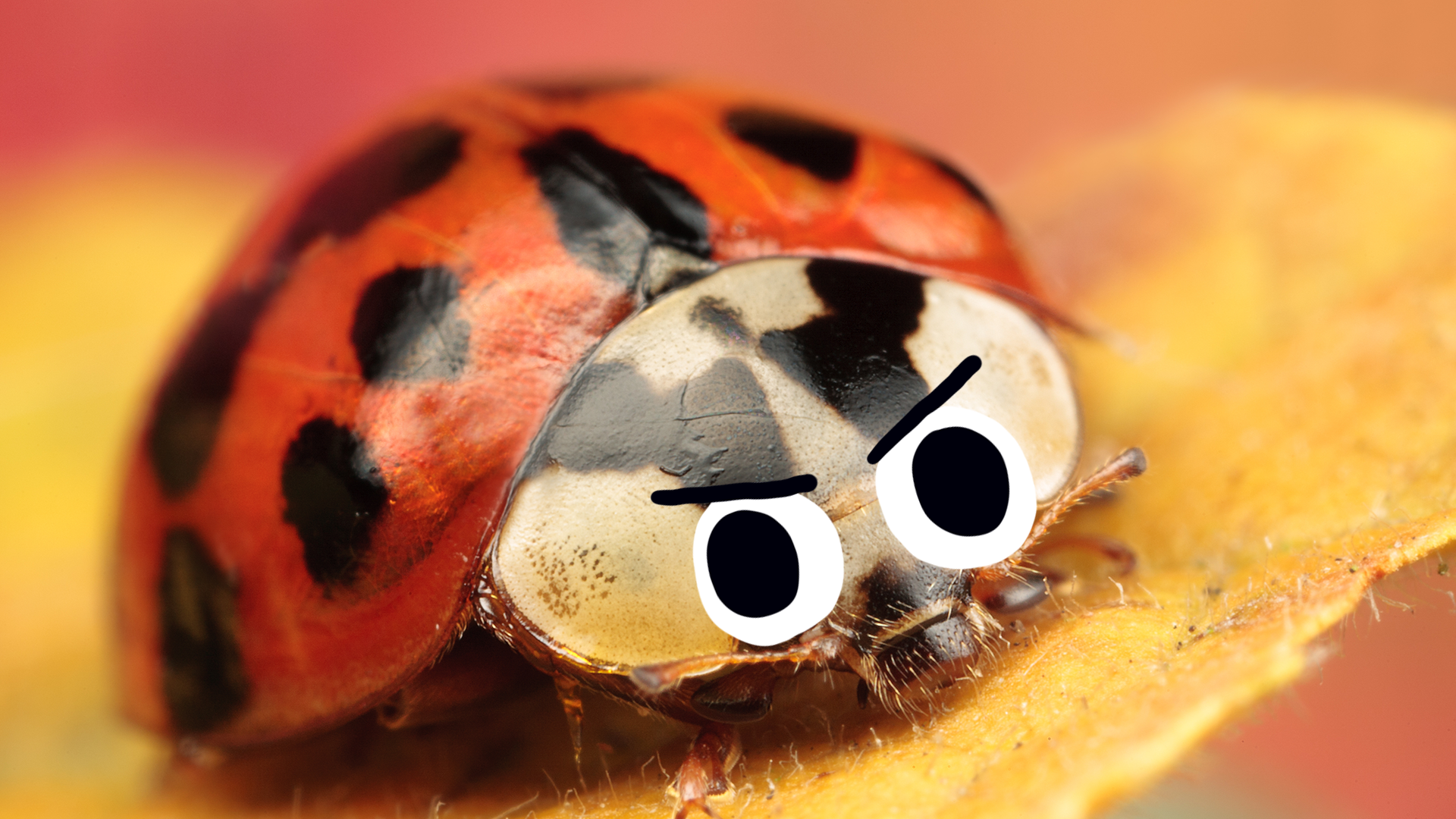
Well, that's a bit dramatic, but it's sort of true in a way! The Harlequin ladybird is a species of ladybird that feeds on other ladybirds. Originally from Asia, it was introduced to Britain in 2004, and it quickly became one of the most common ladybirds in the country. They're big, and they can have multiple broods a year, giving them a real advantage. They're also masters of disguise - they come in a wide variety of colours and patterns.
13. They're folkloric
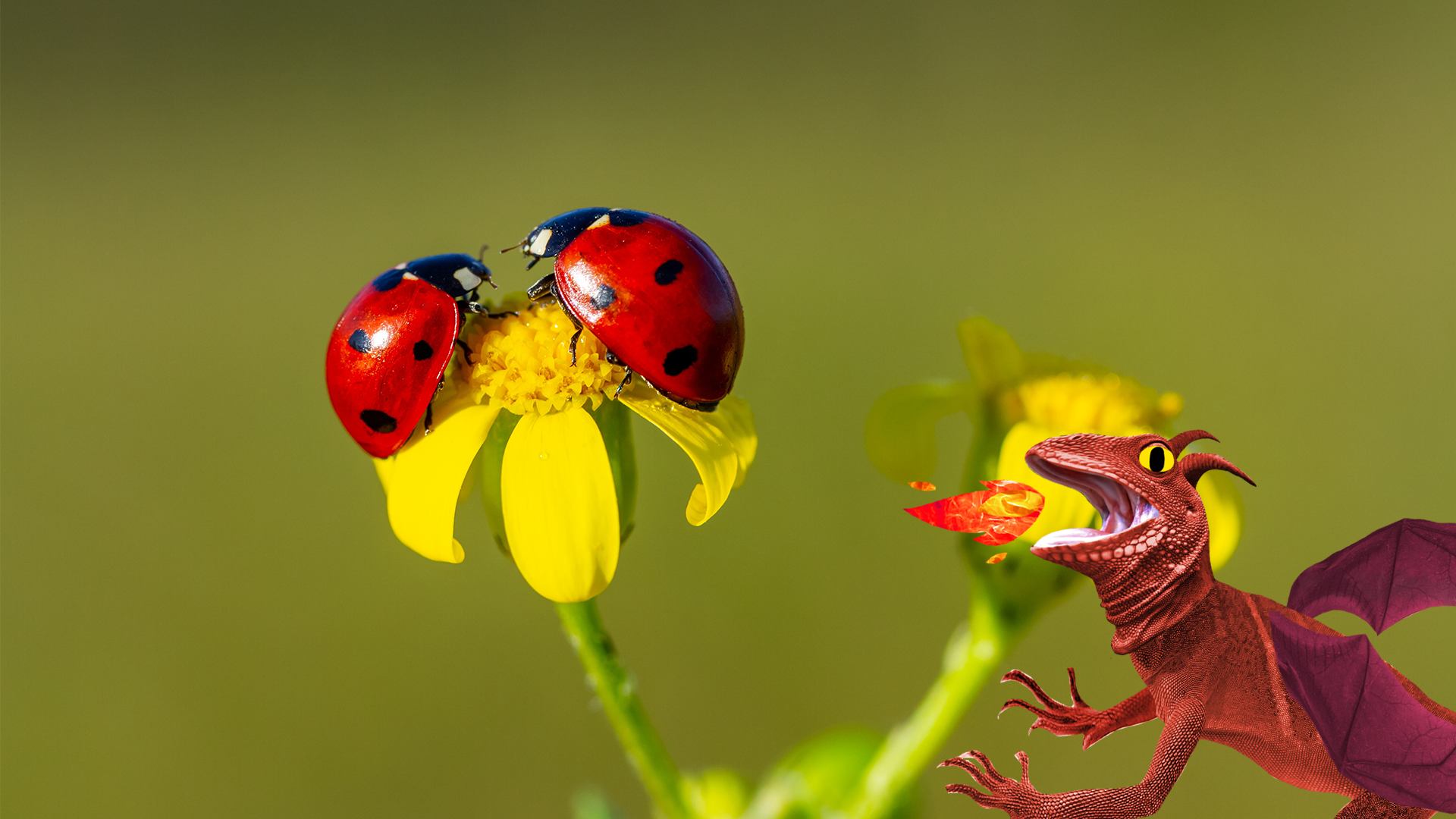
It's not surprising given how long they've been around, but there are all sorts of stories about ladybrids! They're associated with love, luck, and prophecy. In European folklore they're matchmakers - when a woman finds one on her person, it's said that the ladybird will then fly to her true love. They can also predict the weather and farming conditions in some cultures. They have some religious connotations, too - in Christianity they've been depicted as gatekeepers of heaven, and in Judaism they're called "Cow of Moses our Teacher." In the Native American Cherokee tribe they're called "The Great Beloved Woman", which is also the title for the highest-ranking woman in their government.
14. Their numbers are declining

Despite being so widespread, ladybird numbers are actually on the decline. Researchers think it's because of non-native species (like the Harlequin ladybird), disease, and (of course) climate change. This is bad because (as you already know) most ladybirds are useful insects that can help with crop growth. There are some efforts to combat this, though - Cornell University in the USA has set up the Lost Ladybug Project, which encourages people to send in their pictures of ladybirds so that entomologists (bug scientists) can study their patterns. And you can help out, too...
15. You can make a ladybird hotel!
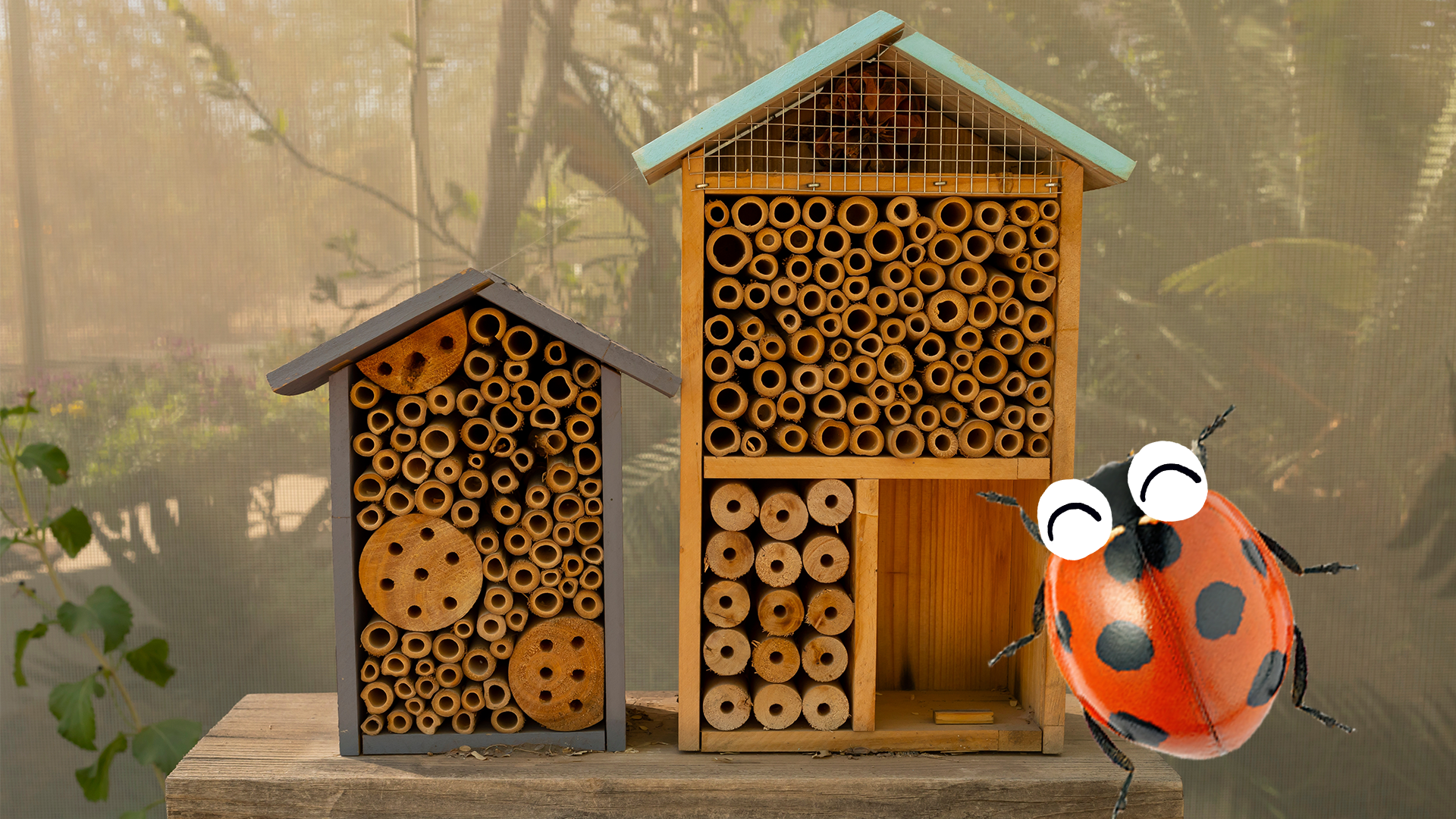
If you have a garden, or any access to outdoor space, this is a great idea to help out your local ladybirds! You can buy these ready made, but it's fun to make your own! All you need is some pinecones, twigs, some dry leaves, and two tiles. Push the pinecones together, interlocking their scales, then add the twigs and dry leaves to the bundle to fill the gaps. Build it all up in a pyramid formation, then prop the tiles on top like a roof. Put it somewhere sheltered with a stable temperture, and your ladybird hotel is ready!















